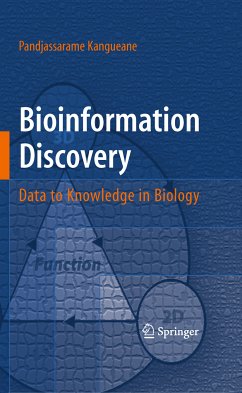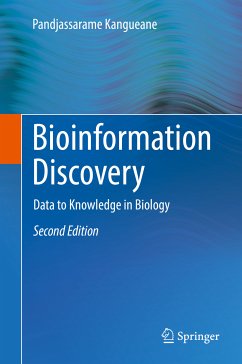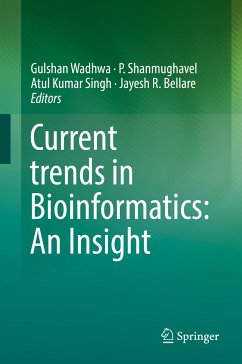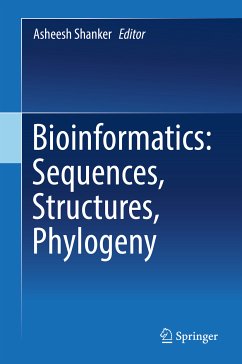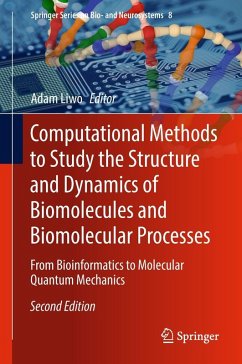
Bioinformatics and the Cell (eBook, PDF)
Modern Computational Approaches in Genomics, Proteomics and Transcriptomics
Versandkostenfrei!
Sofort per Download lieferbar
128,95 €
inkl. MwSt.
Weitere Ausgaben:

PAYBACK Punkte
64 °P sammeln!
Biological and biomedical sciences are becoming more interdisciplinary, and scientists of the future need inte rdisciplinary training instead of the conventional disciplinary training. Just as Sean Eddy (2005) wiselypointed out that sending monolingual diplomats to the United Nations maynot enhance international collaborations, combining strictly disciplinary scientists trained in either mathematics, computational science or molecular biology will not create a productive inte rdisciplinary team ready to solve interdisciplinary problems. Molecular biology is an interdiscip linary science back i...
Biological and biomedical sciences are becoming more interdisciplinary, and scientists of the future need inte rdisciplinary training instead of the conventional disciplinary training. Just as Sean Eddy (2005) wiselypointed out that sending monolingual diplomats to the United Nations maynot enhance international collaborations, combining strictly disciplinary scientists trained in either mathematics, computational science or molecular biology will not create a productive inte rdisciplinary team ready to solve interdisciplinary problems. Molecular biology is an interdiscip linary science back in its heyday, and founders of molecular biology were ofte n interdisciplinary scientists. Indeed, Francis Crick considered himself as "a mixture of crystallographer, biophysicist, biochemist, and geneticist" (Crick, 1965). Because it was too cumbersome to explain to people that he was such a mixture, the term "molecular biologist" came handy. To get the crystallographer, biophysicist, biochemist,and geneticist within hi mself to collaborate with each other probably worked better than a team with a crystallographer, a biophysicist, a biochemist and a geneticist who maynot even be interested in each other's problems.
Dieser Download kann aus rechtlichen Gründen nur mit Rechnungsadresse in A, B, BG, CY, CZ, D, DK, EW, E, FIN, F, GR, HR, H, IRL, I, LT, L, LR, M, NL, PL, P, R, S, SLO, SK ausgeliefert werden.





